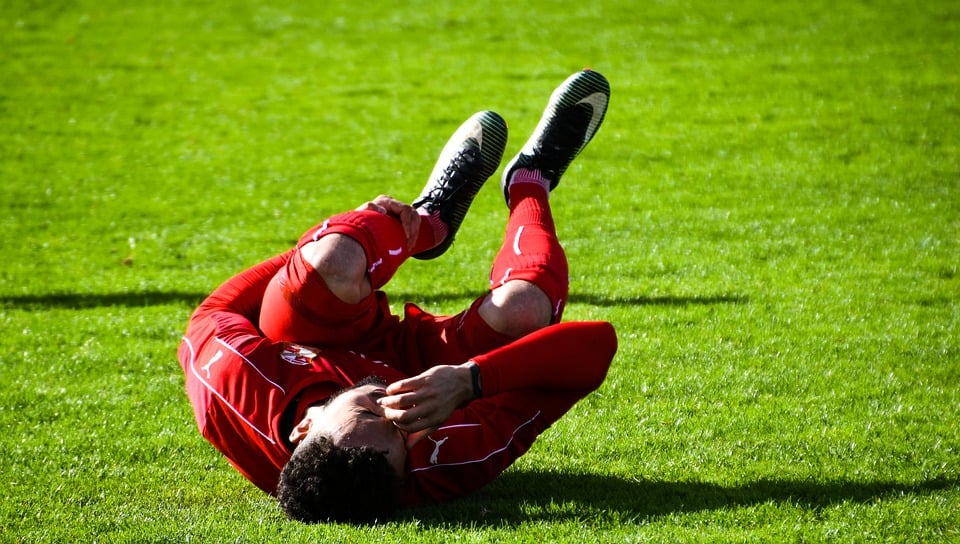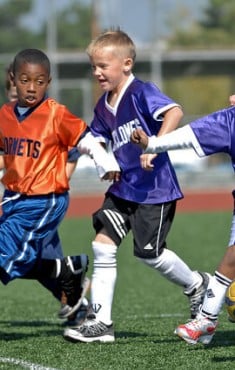As children specialize in sport and join summer sports camps and programs earlier and earlier, child sports injuries are becoming more common. According to ABC news, “recent research suggests that as many as four in 10 emergency room visits for children between 5 and 14 years old are for sports-related injuries.”
Because young athletes are still growing, they are at a greater risk for sports injuries than adults. Child athletes often suffer greater consequences than adults including disruption of growth, development or bad habits, and future health problems.
The most common child sports injuries are categorized as acute injuries or overuse injuries. It’s important to learn about the most common child sports injuries to be able to prevent, diagnose, and treat these injuries as soon as possible. But first, let’s explore the cause of these injuries.
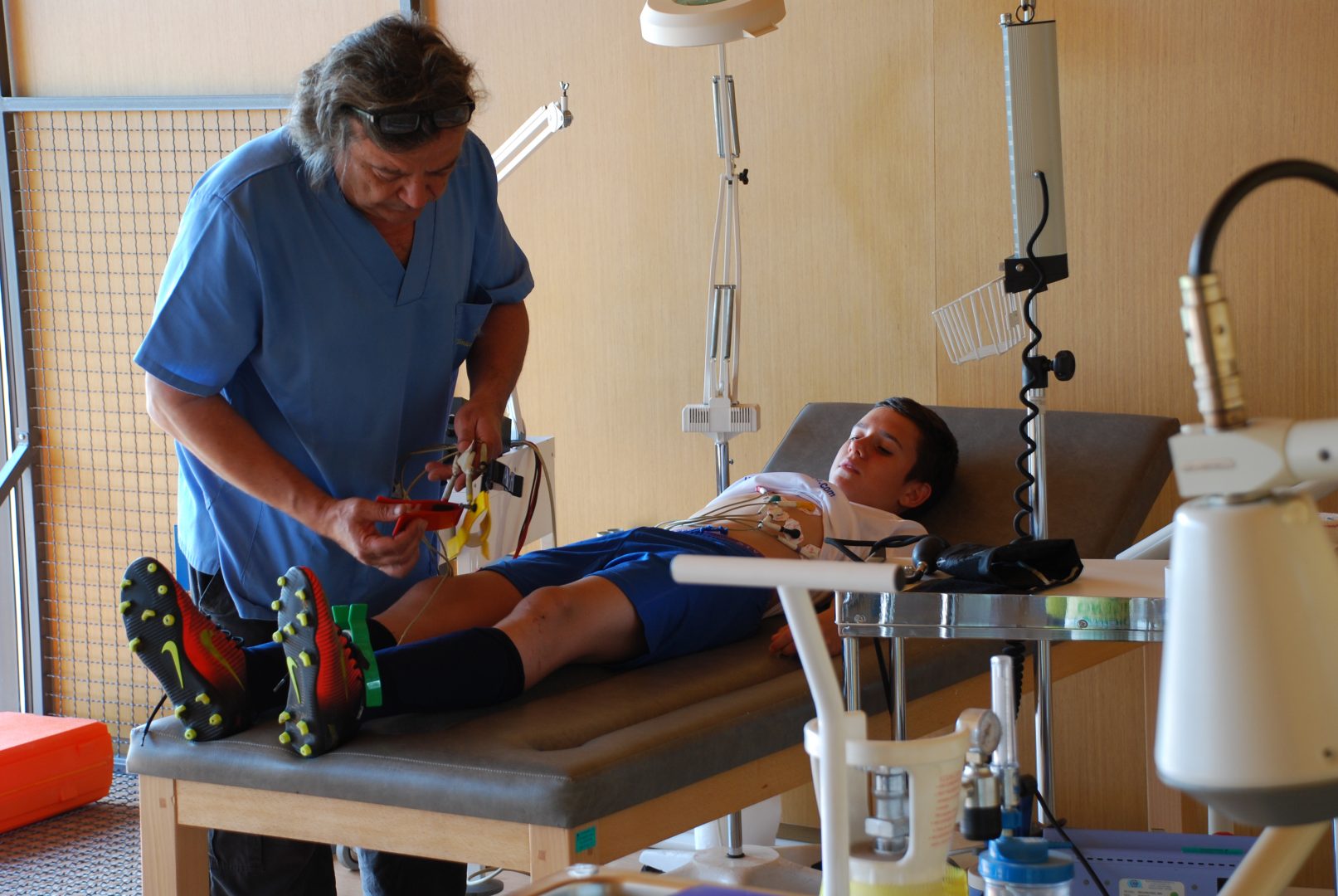
Why growth complicates child sports injuries
During adolescence, children experience a rapid increase in height and weight. This rapid increase in size is called a growth spurt. Growth spurts can make children more susceptible to sports injuries for many reasons:
Children grow and mature at different rates
Both boys and girls experience puberty over the span of 3 to 5 years. Some children experience a growth spurt in the earlier years of puberty between the ages of 10 and 12. Others experience their growth spurt between the ages of 13 and 16. Still, others don’t experience their growth spurt until 18 years old.
In youth sports, small, weak athletes who have not yet hit their growth spurt often compete against bigger, stronger athletes who have mature earlier. While the smaller athletes over-exert themselves in an attempt to dominate their larger opponents, the larger athletes are usually still unaware of their strength.
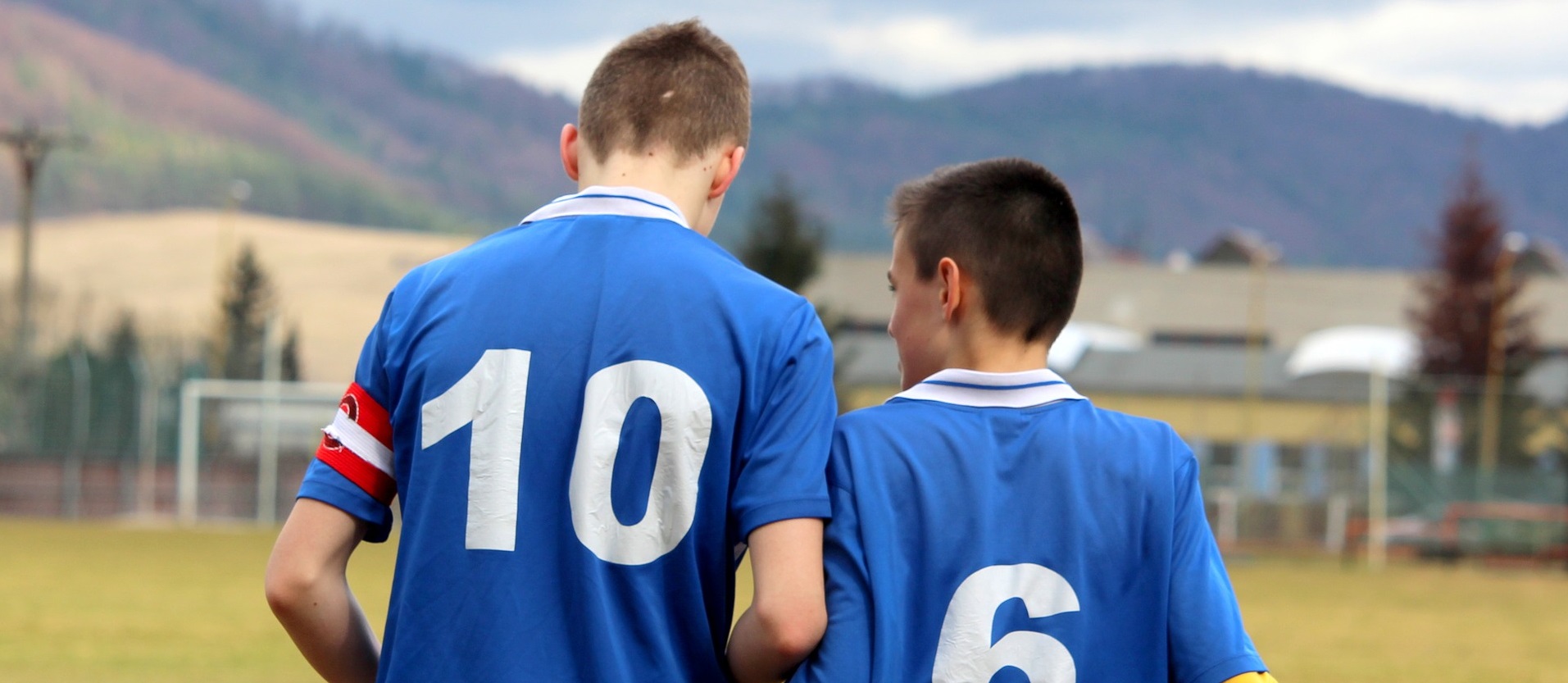
Children loose coordination as they adapt to their new bodies
During growth spurts, children don’t always grow proportionally. Often, the arms and the legs grow faster than the torso, and while children adjust to their new center of gravity, they lose coordination and control over their body movements. Researchers at the BMC found that “Boys who had growth spurts, defined as a height increase greater than 3cm in the three month period, showed a more irregular and less smooth gait than steadily growing teenage boys.” This indicates less than full control over motor skills which could play an important role in child sports injuries.
Children lose flexibility as they grow
According to Dance-Teacher.com, during adolescence, children experience muscle/tendon imbalances. Lyle J. Micheli, attending physician for Boston Ballet and professor of orthopedic surgery at Harvard Medical School, says that when a dancer starts to grow, her bones lengthen more quickly than her muscles and tendons. This means, her muscles are especially tight. If she doesn’t have enough time to build up her strength, she is especially at risk of injury during this time.
Growth plates are especially fragile
When children are young, their condyles (ends of the bone) are mostly made of cartilage. During adolescence, this cartilage is gradually replaced with bone tissue which makes them especially fragile during growth spurts. That’s why fractures are common child sports injuries.
Children are more susceptible to injuring during adolescence for many reasons. This doesn’t mean they should stay away from sports until they’re fully developed. On the contrary, sports can help teenagers learn to control their bodies, develop proper posture, and form great healthy habits that will last a lifetime. That being said, it’s important to research the most common sports injuries that children can suffer to recognize when a child is injured, and also practice prevention.
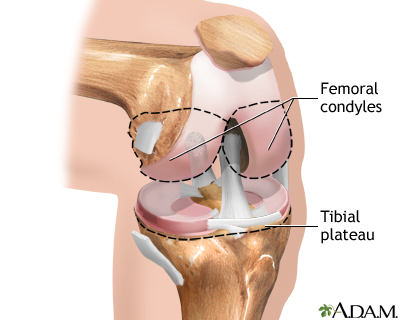
Types of child sports injuries
There are two types of common child sports injuries – acute injuries and overuse injuries.
Acute injuries are injuries that occur suddenly like breaking a bone, tearing a muscle, or bruising. They occur as a result of sudden trauma like falling or crashing into another player during sports. Since certain bones, or parts of bones, are more vulnerable during puberty, certain acute injuries are more common for children than others.
Overuse injuries are injuries that occur as a result of repetitive motion over an extended period of time. Stop Sports Injuries describes exercise as a remodeling process of breaking down and building up tissue. When the breakdown occurs faster than the buildup, overuse injuries occur.
Common causes of child sports injuries:
- Sudden increase in intensity, duration, or frequency of activity
- Improper technique
- Imbalance between strength and flexibility
- Improper equipment for the activity
- Improper surface for sport or activity
Child sports injuries – The most common acute injuries
Dislocations (shoulder and kneecap)
Growth plate fractures – Young children are most vulnerable to fractures in the growth-plate areas. According to the Children’s Hospital of Philadelphia, the most common growth plate fractures occur in the following bones:
- Thighbone (femur)
- Lower bones of the leg (tibia and fibula)
- Outer bone of the forearm (radius), at the wrist
- Ankle, foot or hip bone
- Long bones of the fingers (phalanges)
According to the U.S. National Institutes of Health, growth-plate injuries account for 15 percent of all childhood fractures. They occur twice as often in boys as in girls. Boys are most likely to experience growth plate fractures between 14 and 16 years old. Girls are most likely to suffer these injuries between 11 and 13 years old.
Dislocations (shoulder and kneecap)
Dislocations usually implies a complete loss of contact between two bones which are usually common.
Shoulder dislocations are most common in contact sports like American football and rugby, and overhead sports like, volleyball, baseball, basketball, and weightlifting. According to Aspetar, the sports medicine journal, previous reports have shown high school athletes are 4 times more likely to suffer from shoulder dislocation injuries than adults.
Kneecap dislocations can be caused by contact or by over-twisting or overextending. If a baseball player swings the bat while keeping their leg in place without pivoting, the kneecap can become dislocated from stress. Kneecap dislocations are common in contact sports, but also jumping and twisting sports like baseball, basketball, volleyball, gymnastics, and dance. It’s less common in sports that require more knee protection like hockey.
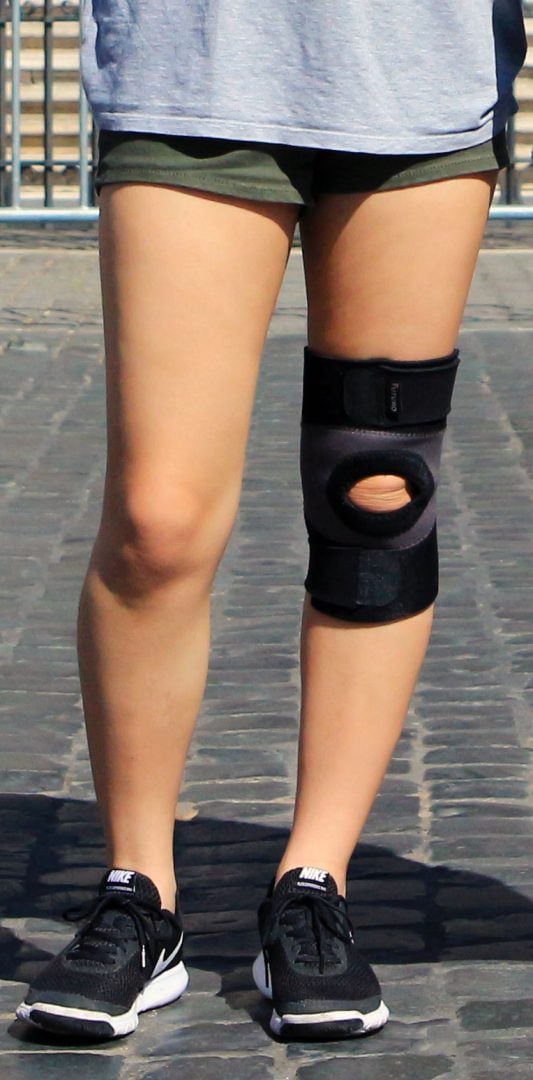
ACL ligament injuries
The ACL is one of the most commonly injured knee ligaments with about 200,000 injuries each year. The injury used to be considered an adult injury, but as children have become more involved in competitive sports, more young athletes are suffering from ACL injuries.
According to the National Institutes of Health, girls are 8 times more likely to suffer an ACL injury. Children are at risk during activities that involve deceleration or quick changes of direction, as in American football or soccer.
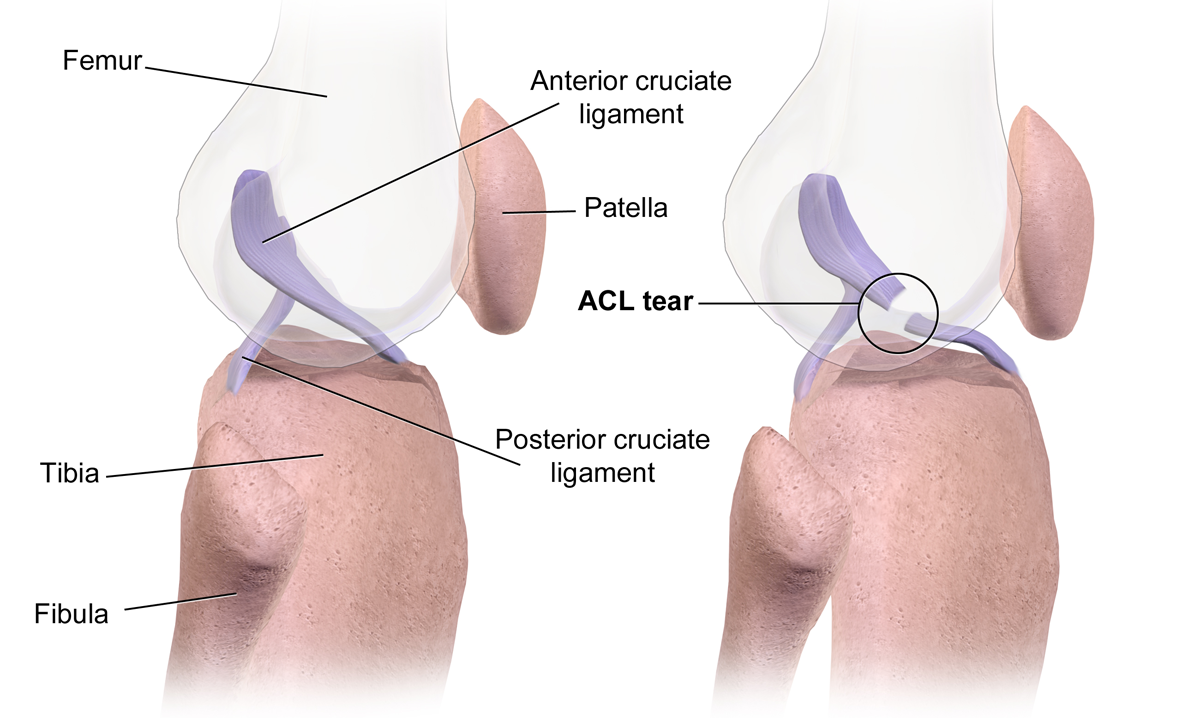
Fortunately, ACL injury can be prevented by strengthening the knees. Check out this video that Amplified Soccer shared from Trainer Gorres’s YouTube channel.
Child sports injuries – The most common overuse injuries
According to the Children’s National Health System, these are the most common child sports injuries that occur from overuse:
| Type of overuse injury | Symptoms | Possible cause |
| Jumper’s knee (patellar tendonitis) | Tenderness right below the knee or the upper shin area | The patellar tendon in the knee joint is repeatedly pulled on, causing inflammation and pain, especially during jumping activities. |
| Little Leaguers’ elbow or shoulder | Pain in the elbow or shoulder area, especially after activity | Repetitive overhead throwing maneuvers that cause damage and inflammation to the growth plates of the bones in the arm (or as a result of a fracture). |
| Osteochondritis dissecans | Knee pain and swelling. This condition can also cause elbow pain similar to Little Leaguers’ elbow. | A piece of the cartilage in the knee joint that separates from the joint surface. Theories suggest that it may run in families or be caused by a metabolic problem. |
| Sever’s disease | Heel pain with limping, especially after running activities | Repetitive running or jumping activities causes the Achilles tendon to pull on the heel bone. |
| Shin splints | Pain and tenderness over the shin area | Excessive running, running on hard surfaces (concrete), and improper shoe wear often cause shin splints. |
| Sinding-Larsen-Johansson disease | Knee pain, especially after jumping activities | This disease is caused by a fracture of the kneecap due to repetitive extension on the patellar tendon in the knee (the tendon pulls away from the bone). |
| Spondylolisthesis | Back pain | This condition is caused by excessive flexion and extension of the low back. X-rays show that a part of 1 vertebra in the low back slips forward on the vertebrae below it. It is commonly seen in football linemen, gymnasts, and ice skaters. |
| Spondylolysis | Back pain | This condition is caused by excessive flexion and extension of the lower back. It is commonly seen in football linemen, gymnasts, and ice skaters. A stress fracture of 1 of the vertebrae is seen on X-ray. |
Source: Children’s National Health System
How to prevent child sports injuries from overuse
According to global sport matters, students who specialize in a sport at an early age are more prone to overuse injuries as they reach adolescence. When the child uses the same muscle groups and applies the same strange to the same body part over and over, overuse injuries occur. Instead of playing one single sport all year round, young athletes should play up to three sports to build different muscle groups and give certain body parts a break from constant stress.
Dr. Kristen Geiger at Boulder Medical Center recommends addressing aches and pains early and getting sufficient rest. She also suggests that parents encourage breaks from organized sport. Summers could be for more recreational sports to allow the body time to recover. Finally, she suggests low-impact cross-training like yoga, swimming, or biking to strengthen other muscles groups.
It’s also extremely important that coaches and trainers are very aware of different child sports injuries that could occur and that wherever your child is training, there are medics nearby. If you decide to send your child to a summer soccer camp, for example, make sure there is a medical team available to treat your child in the case of injury.
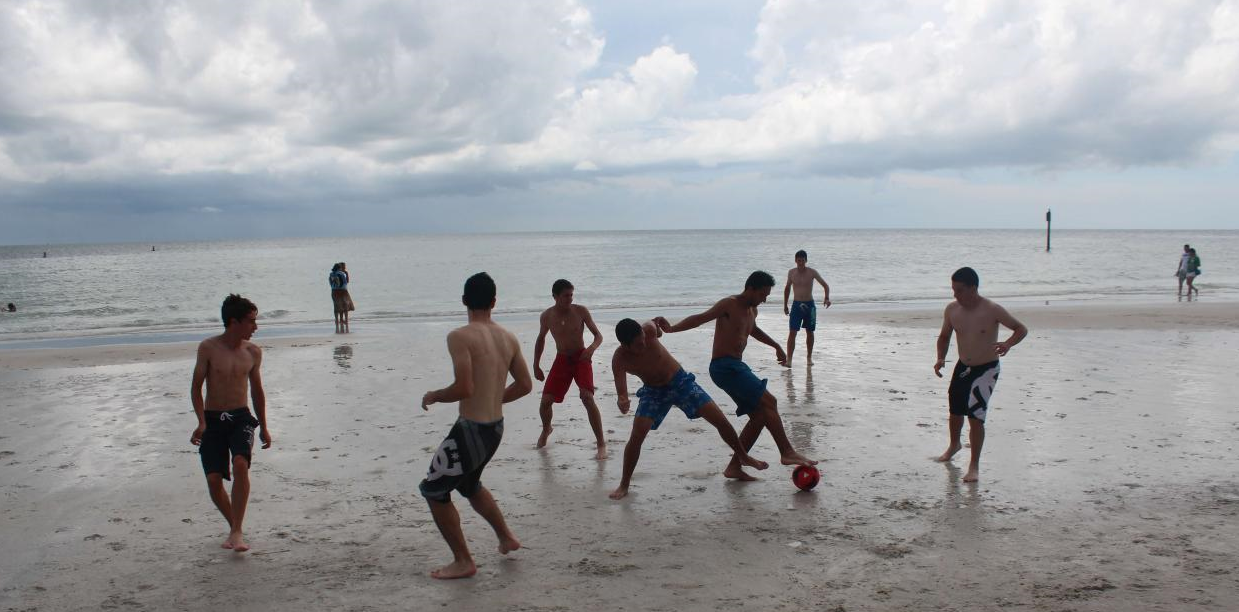
Snapshot child sports injury prevention
- Practice multiple sports (not just one all year round)
- Pay attention to aches and pains (rest and recover)
- Take long-term breaks from your sport (use summer vacation for recreational sport)
- During your breaks, take part in low-impact cross-training (yoga, swimming, biking)
- Make sure children train where medics are close by.
Discussing sports injury anxiety
Many serious young athletes suffer from anxiety over injuries especially after having been seriously injured. This anxiety stems various fears. They fear that they won’t be able to play as well as before, that their sports career will be cut short, that they’ll be reinjured and re-experience the pain, and/or that they’ll have to return to the bench, etc.
Some athletes suffer from strong psychological symptoms post injury including:
- Panic attacks
- Nightmares or flashbacks of the injury
- Avoiding people or places associated with the injury.
There are a variety of programs available to help athletes with post-injury sports anxiety. Mindfulness meditation is also a proven tool for athletes suffering from sports injury anxiety.
